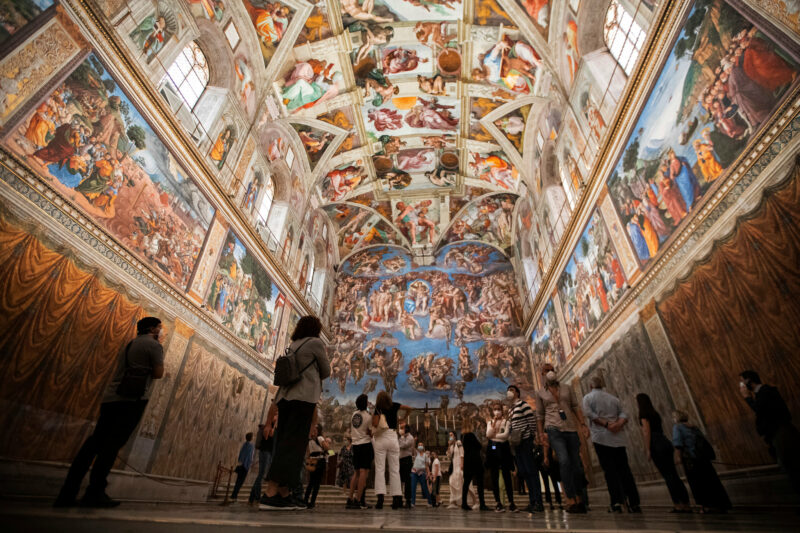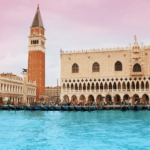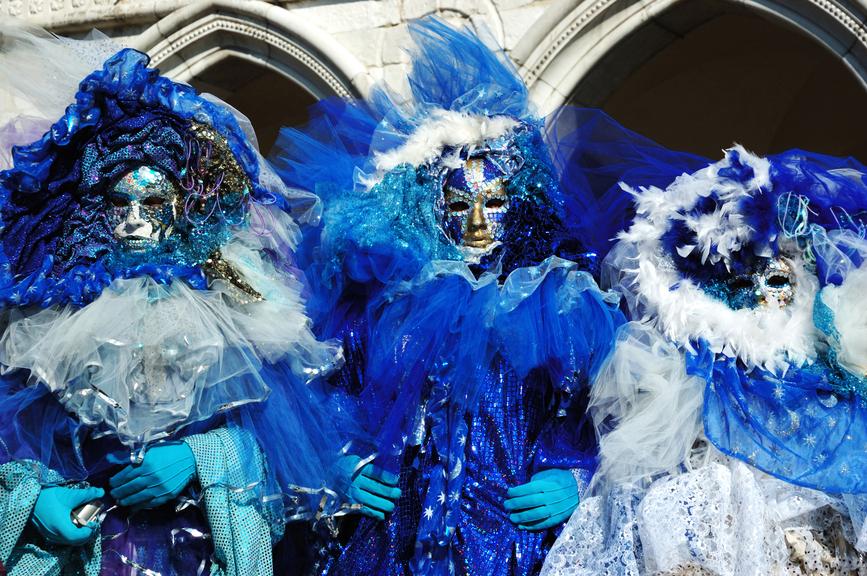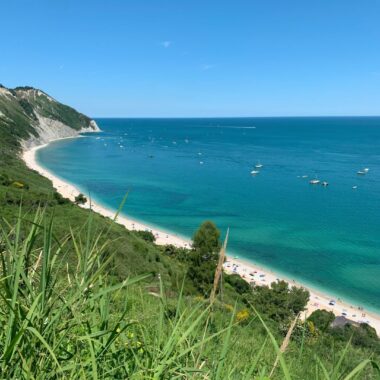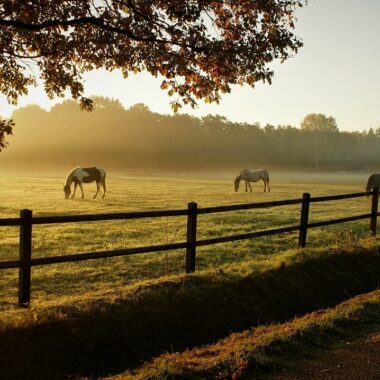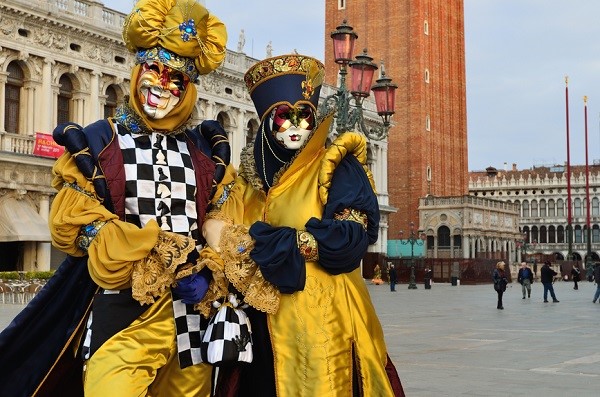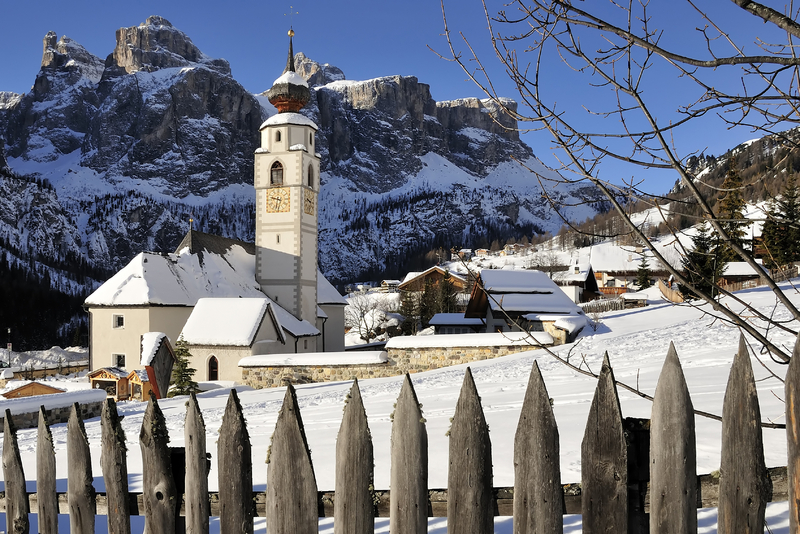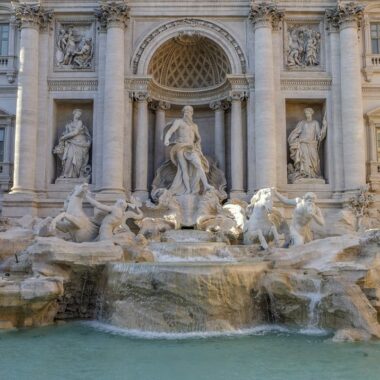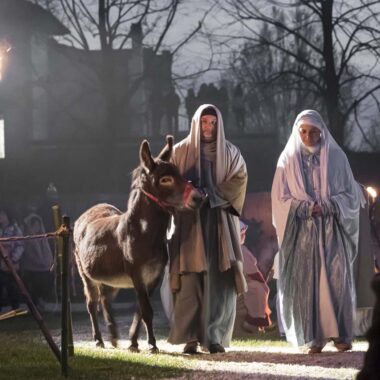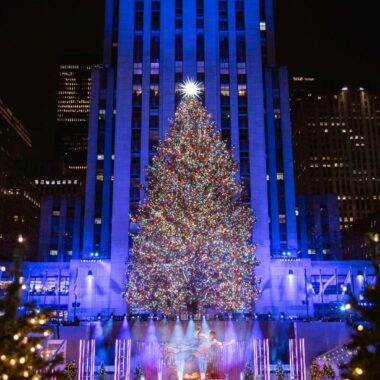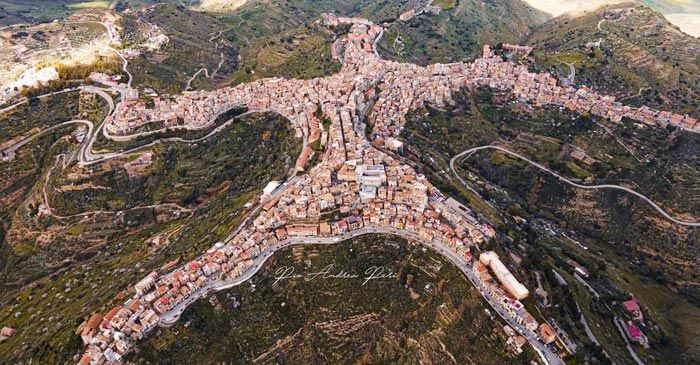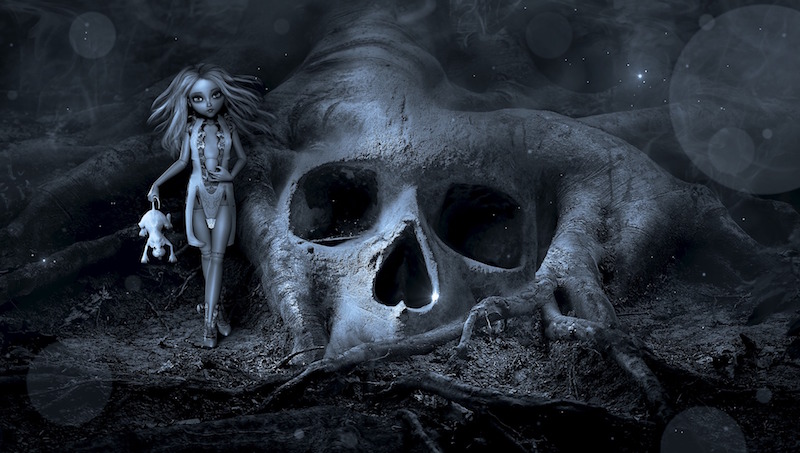May 18 is a significant day in the realm of culture in Italy and beyond: it commemorates worldwide museums’ Day. This event was launched in 1977 on the initiative of the Council of Europe to promote cultural heritage knowledge and to create public awareness of the necessity of protecting and enhancing artistic and historical legacy in museums throughout Europe.
It is impossible not to mention Italy. The belpaese radiates its unique light over the world, with a net worth of 5.02% of cultural sites.
This is a once-in-a-lifetime opportunity to learn about the richness and diversity of Italian art and history. Furthermore, it can be beneficial to focus on the significance of maintaining and protecting our cultural legacy, which is critical for our country and the cultural development of all humanity. For this memorable occasion, I will lead you around the most recognized museums, introducing you to their most valuable assets and hoping that you will have time to enjoy them in person.
Remember that on this day, many museums open their doors for free, allowing you to appreciate valuable treasures without having to pay admission. However, you can easily get additional information about the events that each museum offers on May 18 and at other times of the year on the Internet.
Musei Vaticani
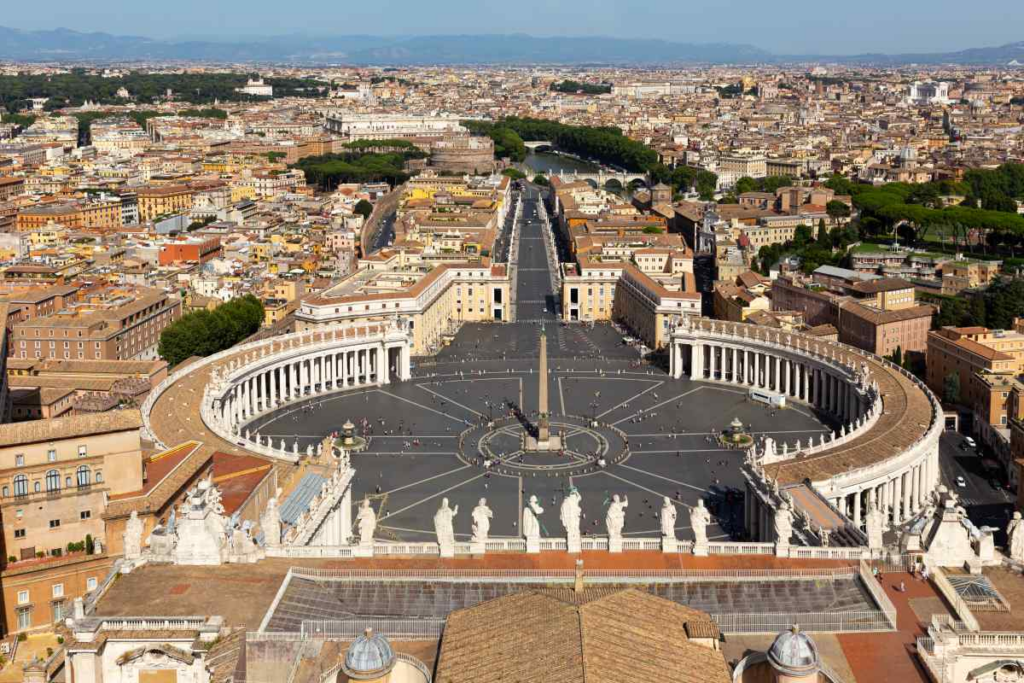
With almost 5 million visits, the Vatican Museums ranked second among the world’s most-visited museums in 2022. Although they are not directly in the Italian state, we cannot ignore them because they are in Vatican City. It was instituted in 1929 by the legislation of the Lateran Pacts and currently contains the world’s most visited museum after the Louvre in Paris. It is also known as the Santa Sede or simply the Vatican.
Since everything inside the museum and the museums that will follow deserve a special remark, I will limit myself to listing what most impressed and captivated me.
Cappella Sistina

Galleria delle carte geografiche (Gallery of maps)
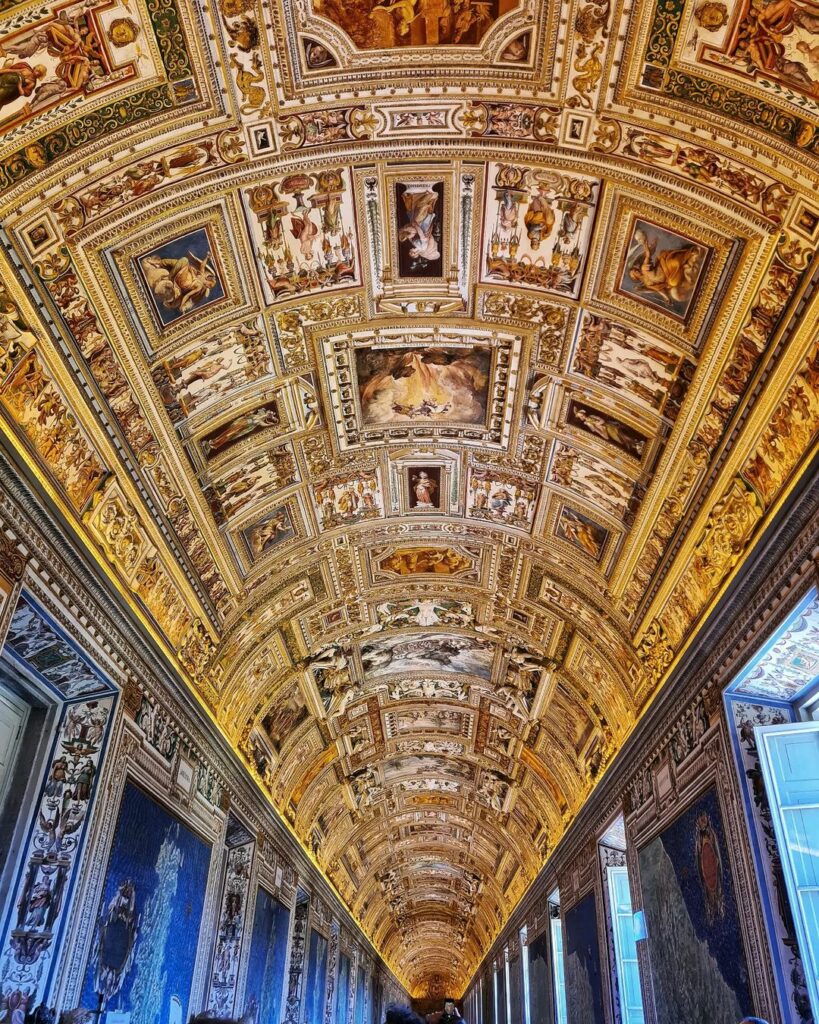
Museo Gregoriano Egizio (Gregorian Egyptian Museum)
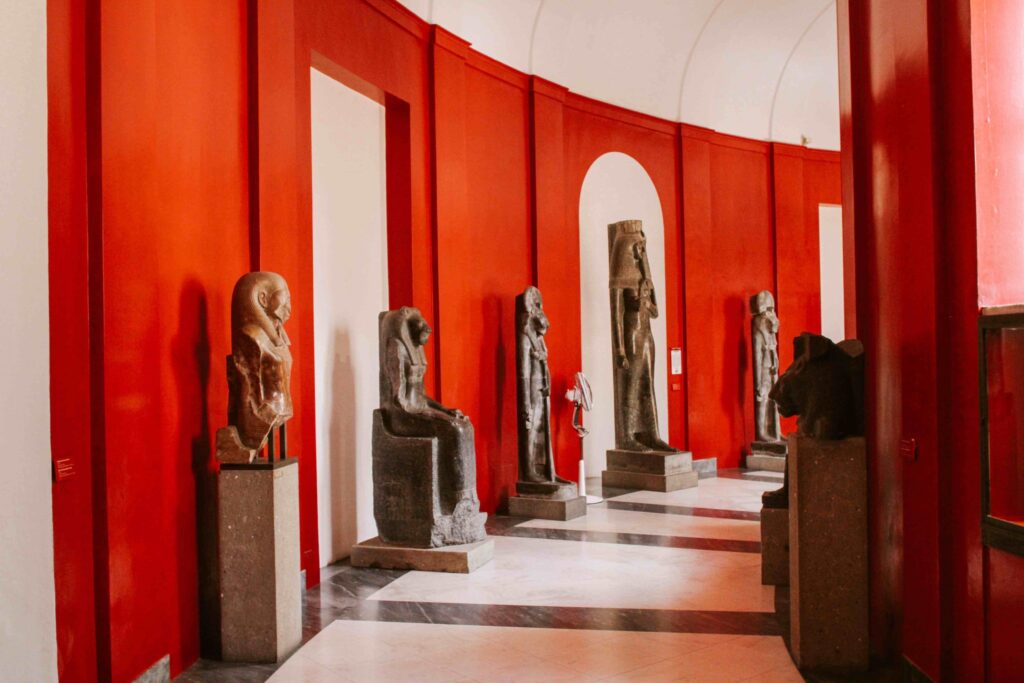
Le Stanze di Raffaello (Raphael rooms)

Sale delle Muse (Hall of the Muses)

Sala degli animali (Hall of Animals)
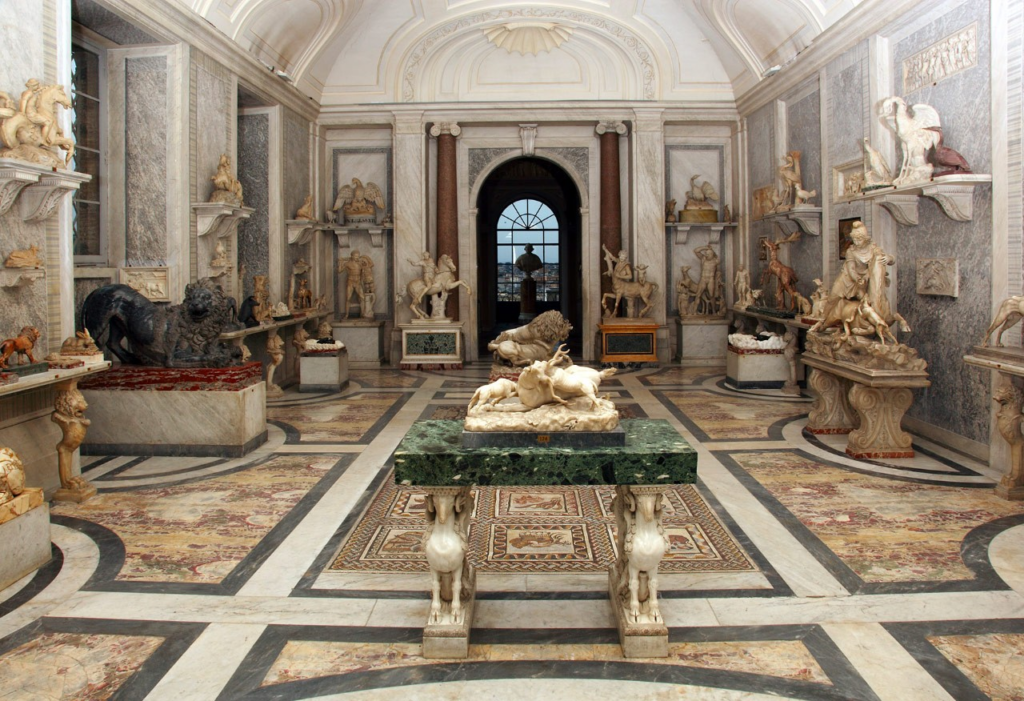
Museo Pio-Clementino (Pio Clementino Museum)

Galleria degli Uffizi
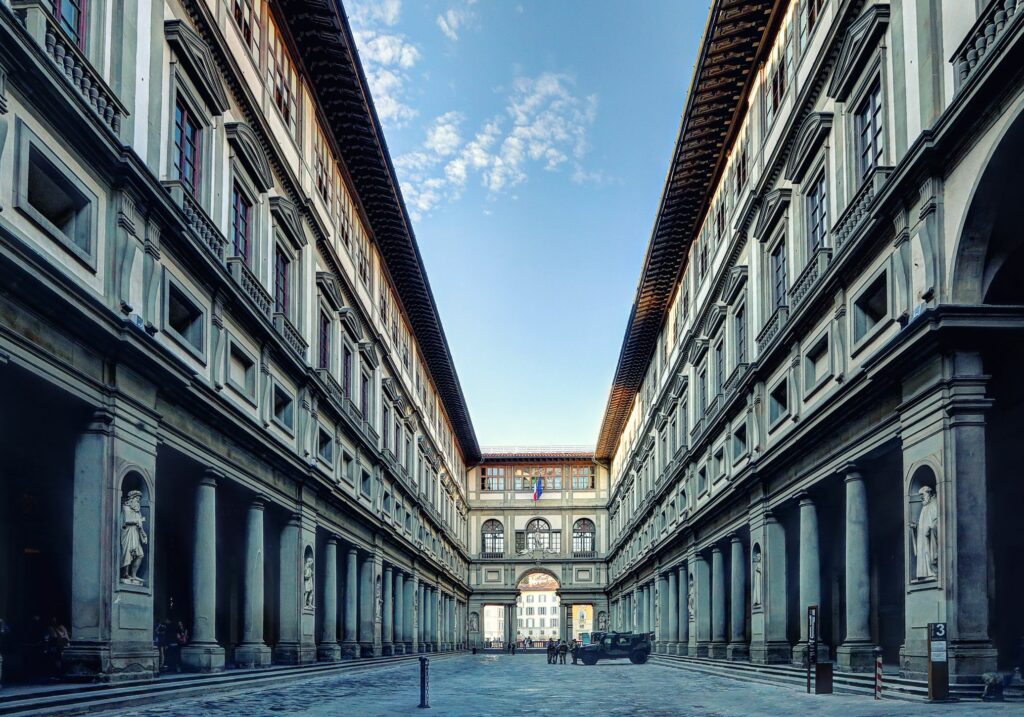
It was founded in 1560 by Cosimo I de’ Medici and presently holds the world’s largest collection of Raphael and Botticelli masterpieces. As if that weren’t enough, numerous prestigious masterpieces by famous painters like as Leonardo da Vinci, Caravaggio, Giotto, and Titian can be found here.
With around 2.2 million visitors in 2022, it was the world’s 20th most-visited museum and the first in Italy, trailing only the London Science Museum.
La Primavera (Botticelli)
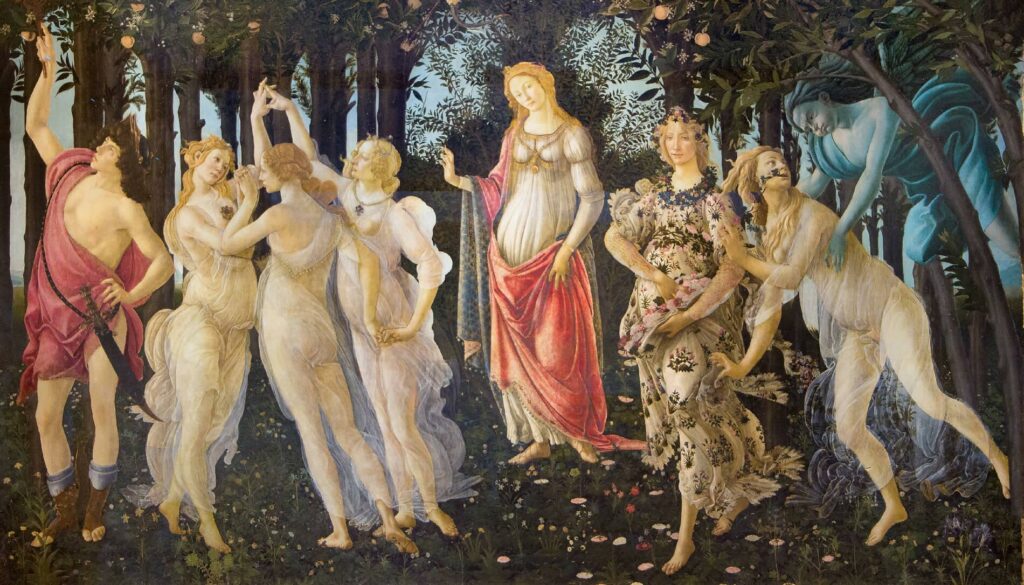
La Nascita di Venere (Botticelli)
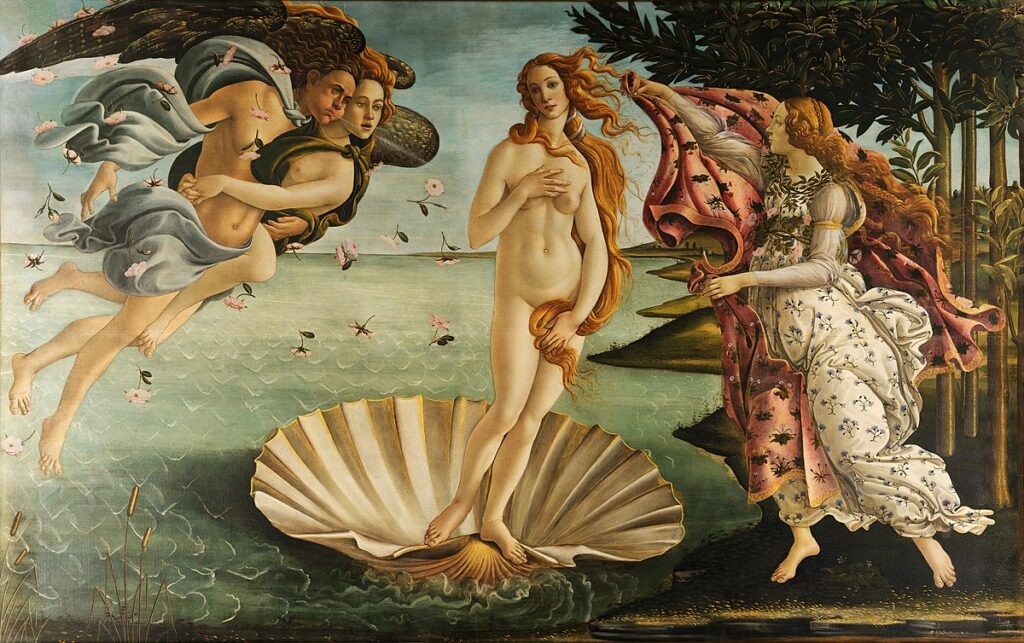
Madonna del Cardellino (Botticelli)
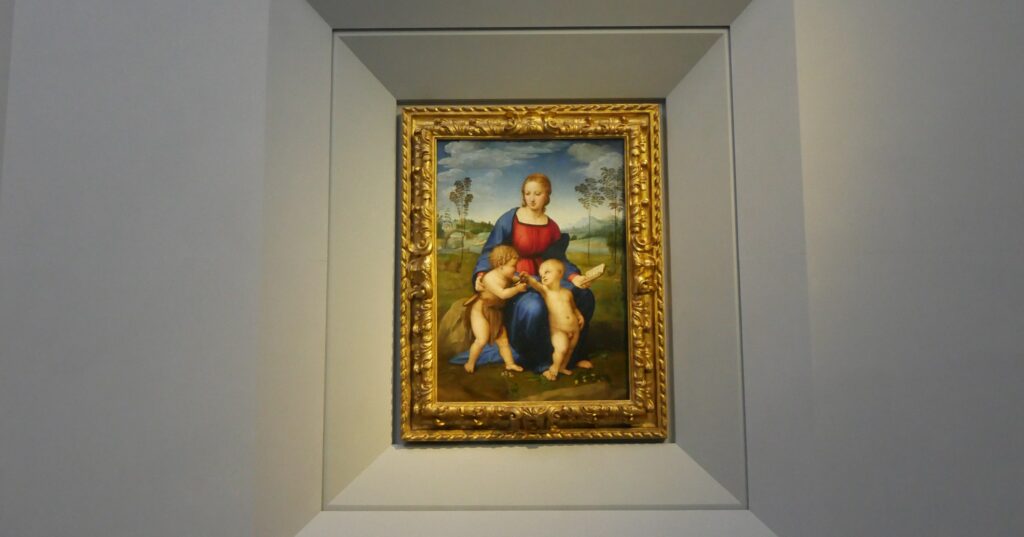
Also, keep in mind that the Galleria degli Uffizi contains various rooms, each displaying the most important works of specific painters or artistic periods, such as the Renaissance room, Gothic room, or archeological room.
Reggia di Venaria Reale, Turin
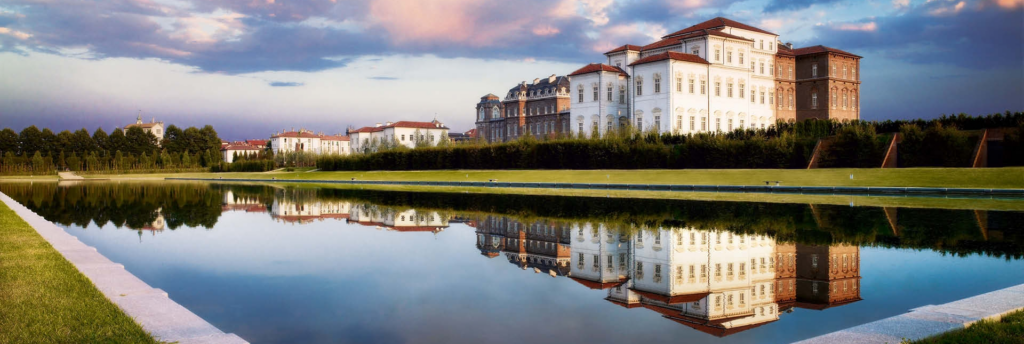
This structure was designated a UNESCO World Heritage Site in 1997, and its garden was named the most beautiful in Italy in 2019. It was designed by architect Amedeo di Castellamonte and served as a hunting lodge for the Savoy royal family.
Allow yourself to be inspired by the Diana Gallery, the estate’s gardens and forests, and the ancient village that grew up around the royal palace. Hundreds of paintings, beautiful apartments, and extensive passageways await you throughout your stay.

Indeed, I learned that the Palace of Versailles’ famous Mirror Gallery has a distant younger sibling. The Grand Gallery of the Reggia di Venaria appears to have been frequently compared to the French one for its harmony and elegance. What can I say, the construction times are overlapping, and the resemblance is uncanny…
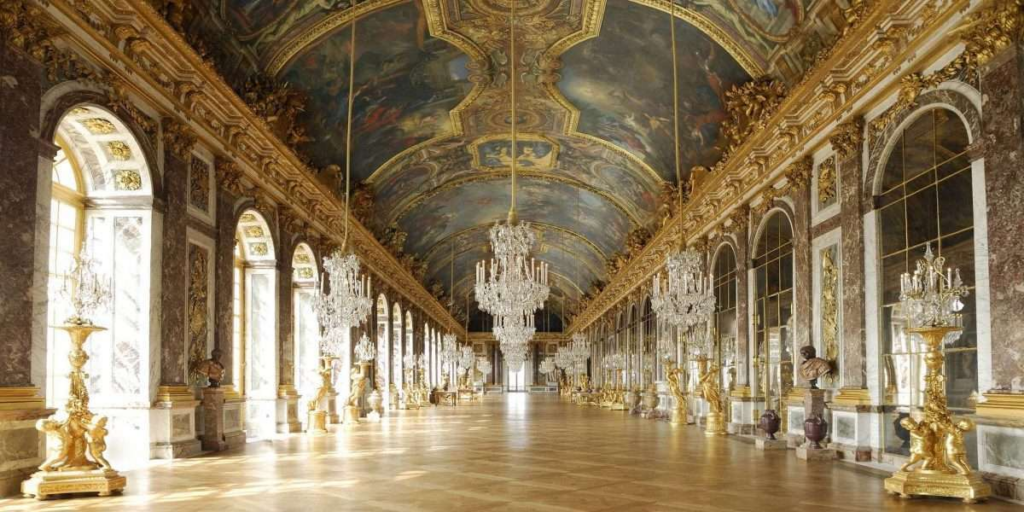
We should probably resist the impulse to judge this resemblance for ourselves as soon as possible!
Scuderia Juvarriana
As a true luxury residence, it couldn’t help but include multiple halls that once accommodated up to 200 horses and luxury carriages. Today, however, seeing them is a once-in-a-lifetime opportunity to see films, music from the time, and magnificent reproductions of many luxury carriages used by the royal family in the 1800s.
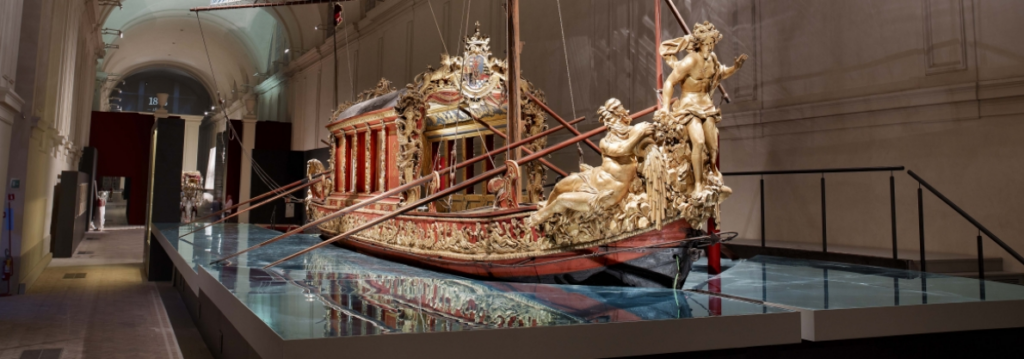
Reggia di Caserta
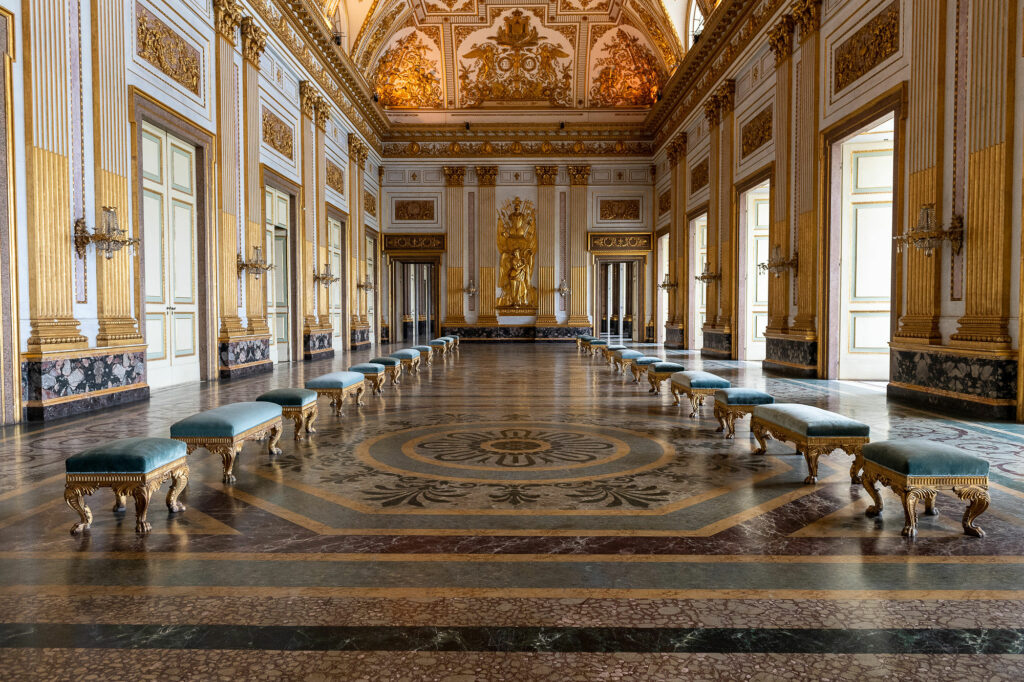
It was inaugurated in 1774 and was designated a UNESCO World Heritage Site in 1997. The Royal Palace of Caserta, Campania, is one of the world’s largest and most spectacular royal palaces. The palace was created by architect Luigi Vanvitelli and built in the eighteenth century by the will of Charles of Bourbon, King of Naples and Sicily. It is a masterpiece of Baroque architecture.
The palace has around 1,200 rooms and covers an area of over 47,000 square meters, making it one of the world’s largest royal homes.
The Palace Gardens
One of the most striking aspects of the Royal Palace of Caserta is its three-square-kilometer park. The park is sprinkled with fountains, waterfalls, gardens, and tree-lined walkways, providing a serene and beautiful ambiance. The big waterfall in the park’s center cascades into a large artificial lake, producing a spectacular spectacle. It is really necessary to go!
Indeed, several wonderfully furnished rooms may be found inside the palace. The Throne Room is one of the most famous chambers, with opulent furnishings and ceiling murals depicting mythological and allegorical scenes. Another must-see is the Royal Chapel, which features a lavish marble altar and a series of murals on the walls.
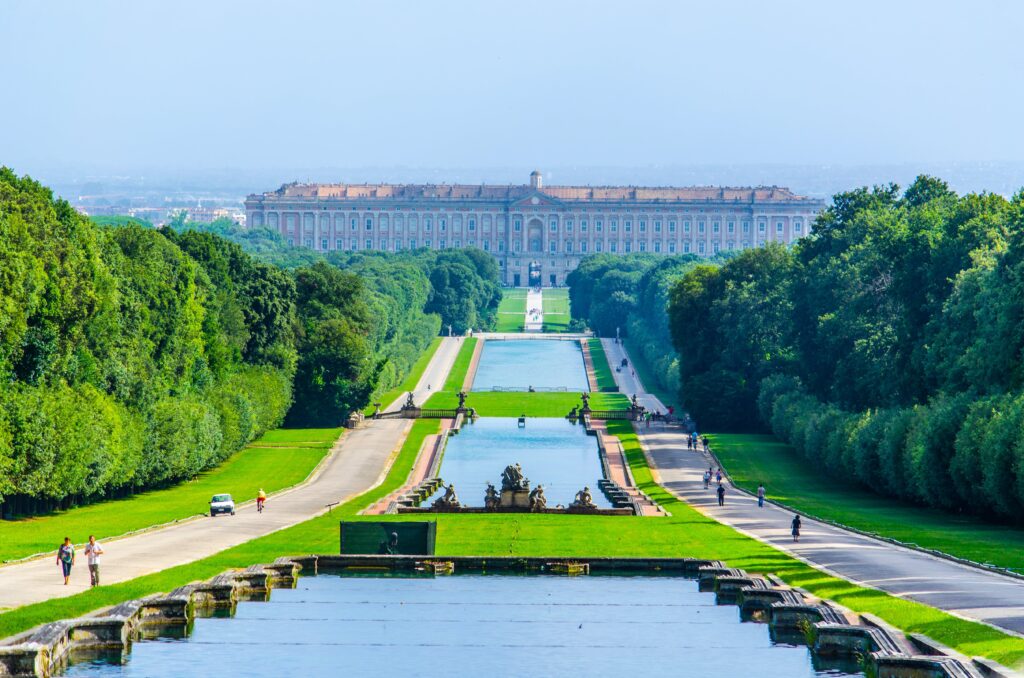
In brief, a hidden gem that not everyone is aware of! The Reggia has frequently been utilized as a film set for several Italian and foreign films, including Angels and Demons, Star Wars (The Attack of the Clones and The Ghost Threat), Mission Impossible III, and others, due to its beauty and fairly scenographic environs.
Biblioteca Palatina (Palatinate library)
With almost 14,000 books on every conceivable subject organized into numerous rooms, you can also be fascinated by copies of classic paintings, such as the School of Athens, recreated by painter Friedrich Fuger.
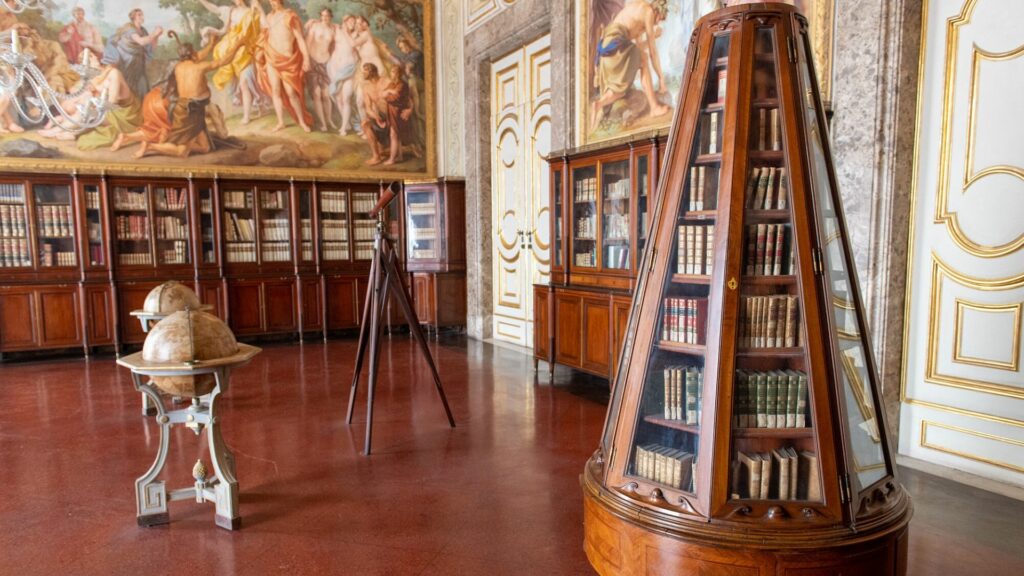
Museo Archeologico, Naples
The world’s largest collection of classical Greco-Roman art can be found here. It is a world-renowned archaeological museum with the world’s largest collection of Roman paintings. In short, if you are a lover or an expert in the field, Naples should be a must-see destination. Absolutely! On the other side, you eat well, so you’re killing two birds with one stone (as we say in Italy).
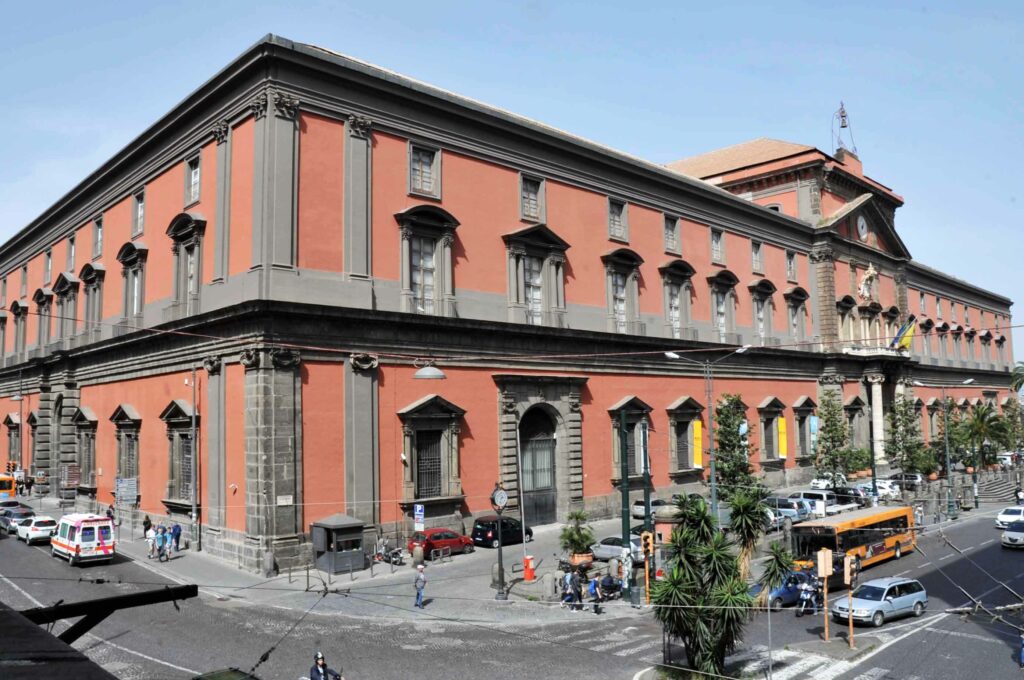
Affreschi di Pompei
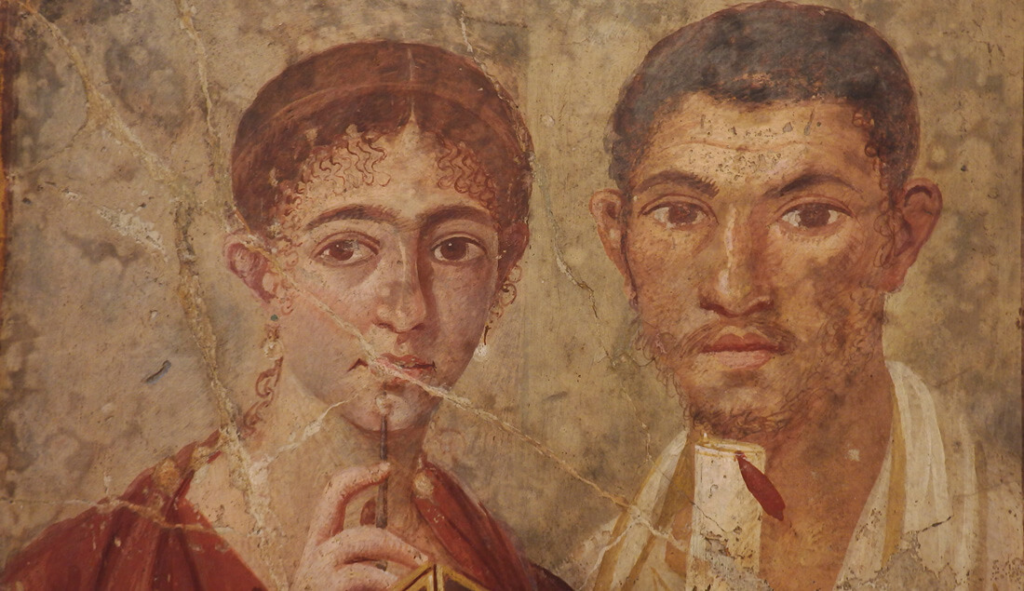
Collezione Farnese

Gabinetto Segreto (Secret Cabinet)

Castel Sant’Angelo, Rome
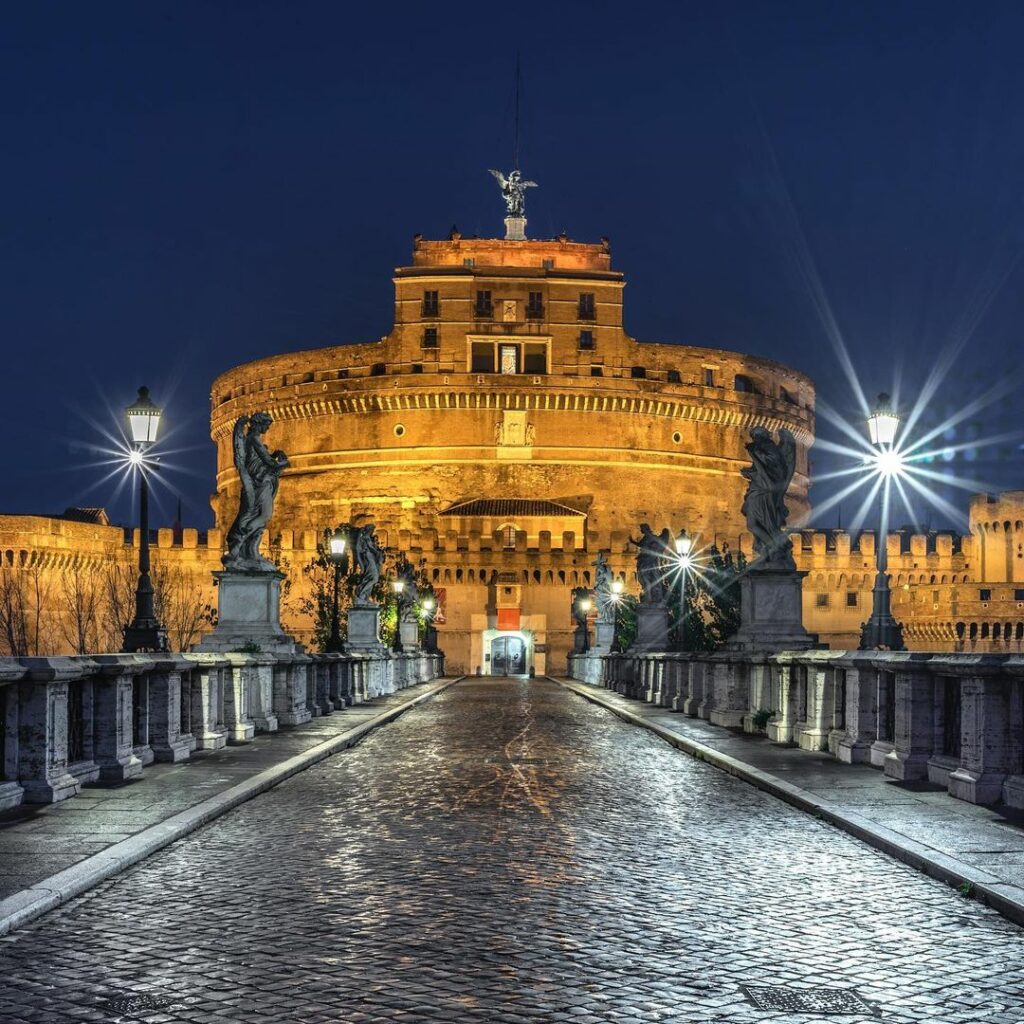
Castel Sant’Angelo, which was initially built as Emperor Hadrian’s mausoleum, has changed dramatically over the years. If you’ve ever gone to Rome, I’m sure you’ve seen it because it stands out and is in a great location: 700 meters from Piazza Navona and 800 meters from Piazza San Pietro.
Today, there are seven floors to explore, each with a centuries-long history to uncover.
Busto dell’Imperatore Adriano (Emperor Hadrian’s bust)
This bust, which dates from the middle of the second century AD, shows the emperor Hadrian, who wished to build Castel Sant’Angelo.
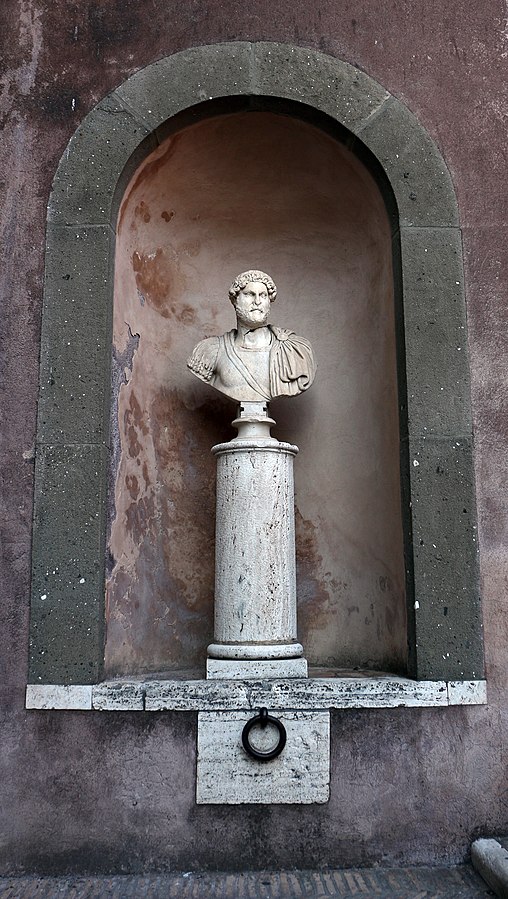
Arcangelo Gabriele sulla terrazza (Archangel Gabriel)
The terrace corresponds to level 7, and the statue here is a replica made of stainless steel and titanium. Moreover, the original statue, which measures 4.70 x 5.40 meters, is on exhibit at the Vatican museums’ rotunda.
Remember that stunning statues and paintings are exposed at Hadrian’s mausoleum, and visiting each level of the tower might help you better comprehend ancient Rome’s history. A must-do experience is viewing the castle altogether!
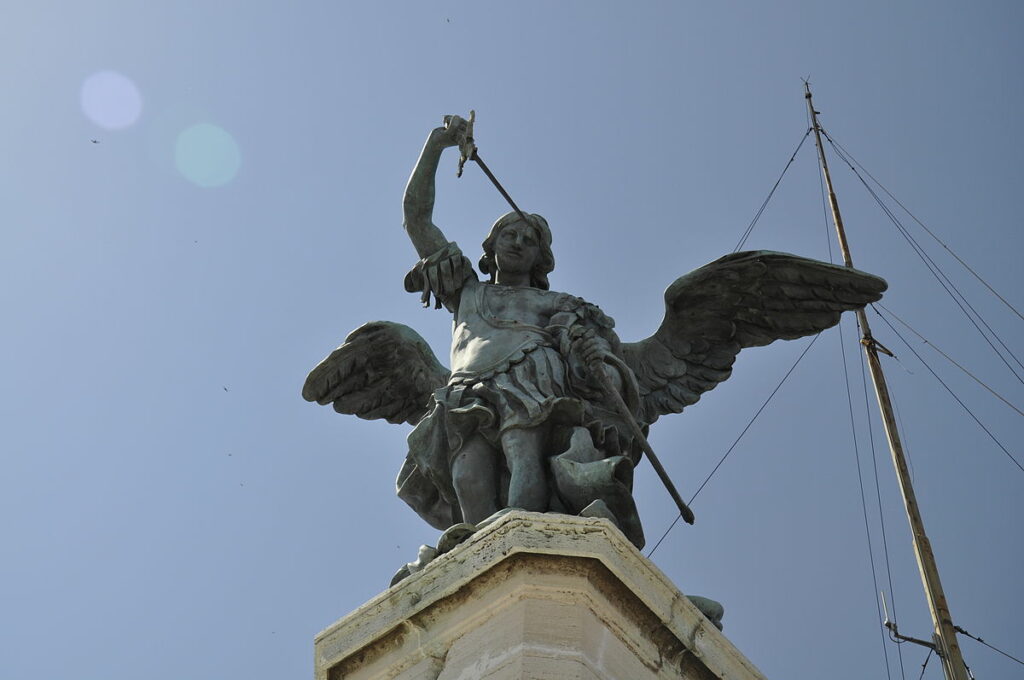
Galleria dell’Accademia, Florence

It is a landmark of Italian artistic evolution, having opened to the public at the end of the 18th century. Today, it houses seven Michelangelo sculptures, making it the world’s greatest collection for a single museum.
David
This sculpture, built when Michelangelo was 26 years old, draws millions of visitors from all over the world each year.
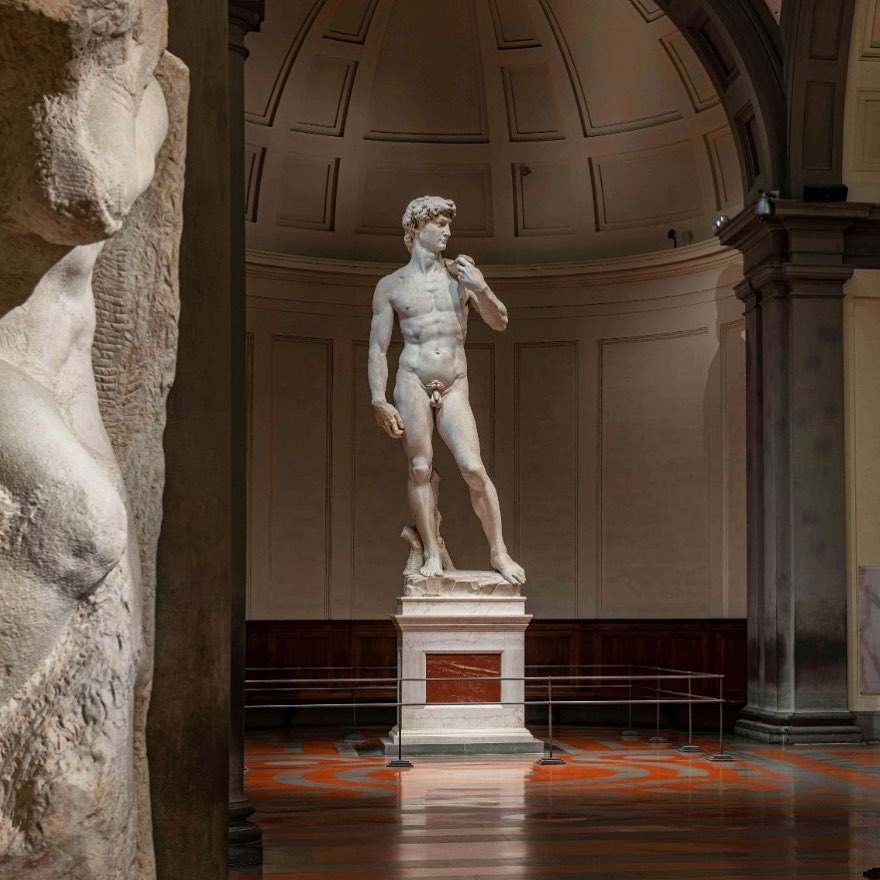
Ratto delle Sabine
The three busts were sculpted from a single block of marble by sculptor Giambologna. A visual feast for the eyes.
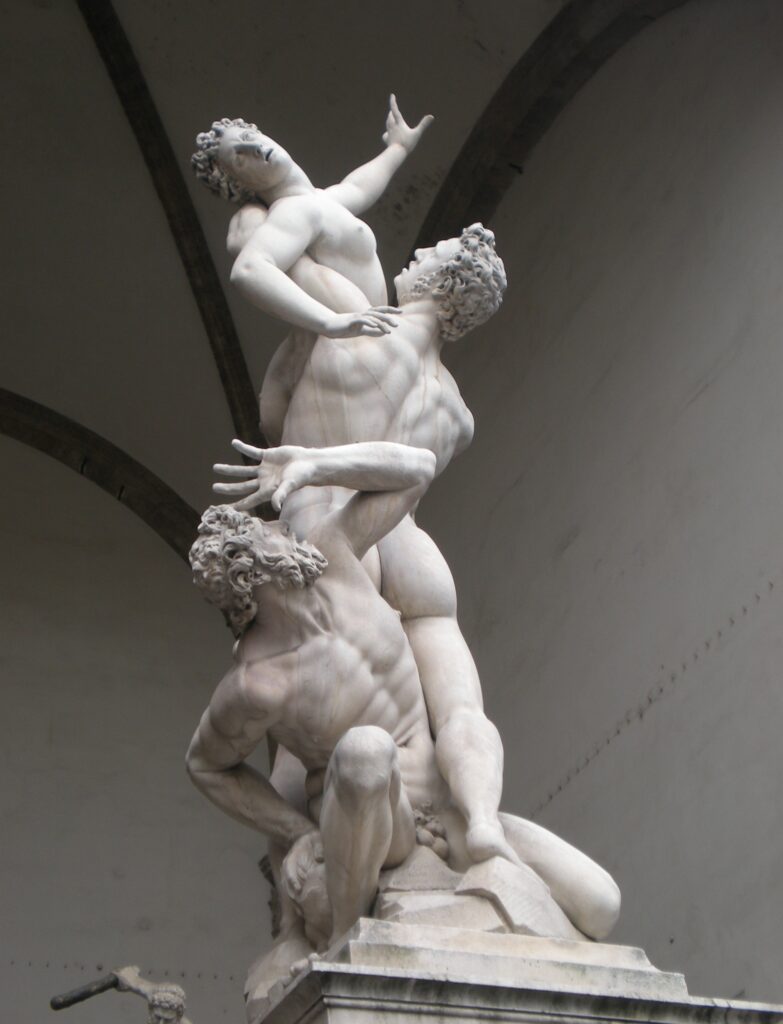
Madonna con bambino, San Giovannino e due Angeli

This fifteenth-century artwork by Sandro Botticelli depicts Mary holding her son Child, assisted by an angel who holds the back of the park with his right looking at Mary. The second angel, on the other hand, is intensely focused on the viewer, serving as the audience’s point of contact.
Venere e Amore
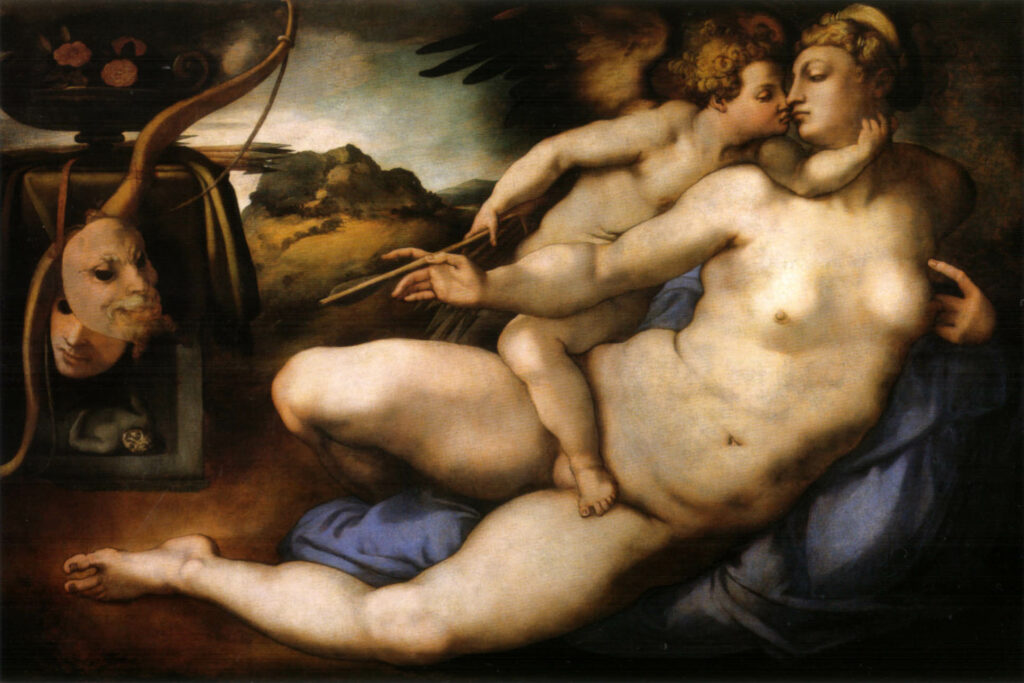
Here, Michelangelo depicts Venus sleeping with her head tilted to kiss Cupid, an allegorical picture that seeks to stress the falsity of feelings and love through multiple symbolic aspects such as masks affixed to Cupid’s arch or completely unnatural twists in the characters’ bodies.
As I have said, the pieces of art at the Galleria dell’Arte, like those at the other museums mentioned here, are grouped into rooms based on specified criteria. If you wish to visit one of these museums quietly, plan a visit (if possible through the official website) and properly familiarize yourself with everything the museum has to offer! You will not be sorry!
Museo Egizio, Turin
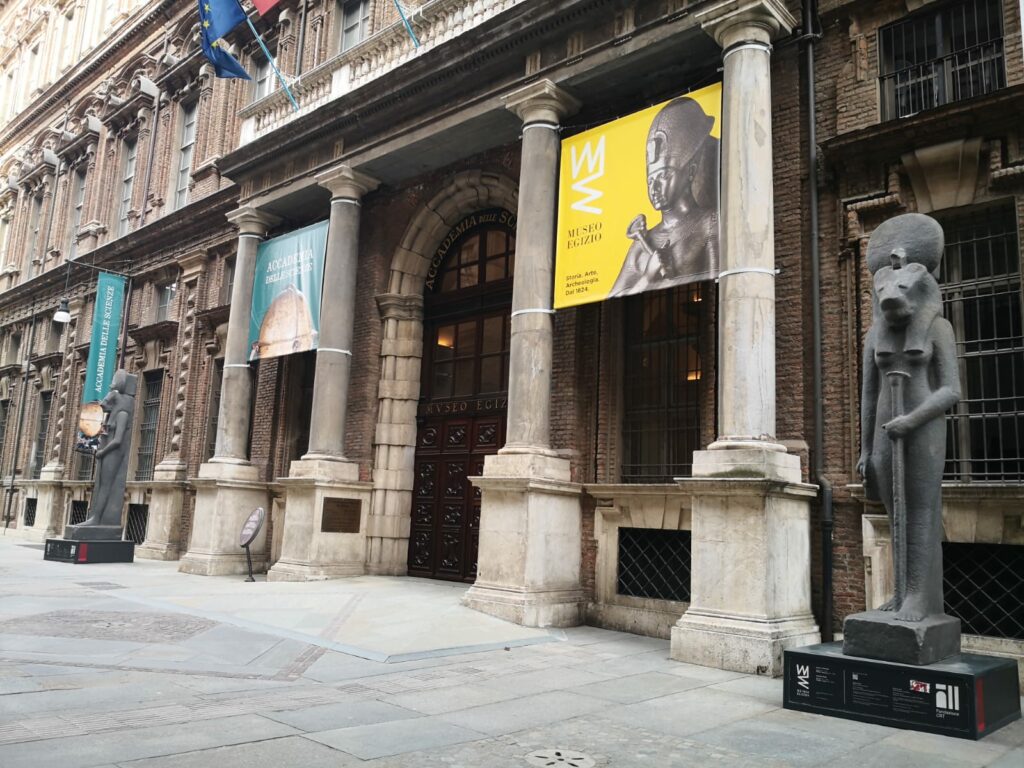
The Egyptian Museum was founded in 1824 by Charles Felix of Savoy and is the world’s second most important museum dedicated solely to Egyptian culture. Today, Turin is regarded as the birthplace of Egyptology, as the cradle of a huge historical and cultural heritage that piqued the interest of the finest scholars of the past.
Libro dei morti di Luefankh (Book of the Dead)
You must not miss this 165-chapter papyrus that helped Egyptologists to decipher the books of the dead that were put in the graves of the dead. In fact, these texts served as a guide for the dying in the afterlife.
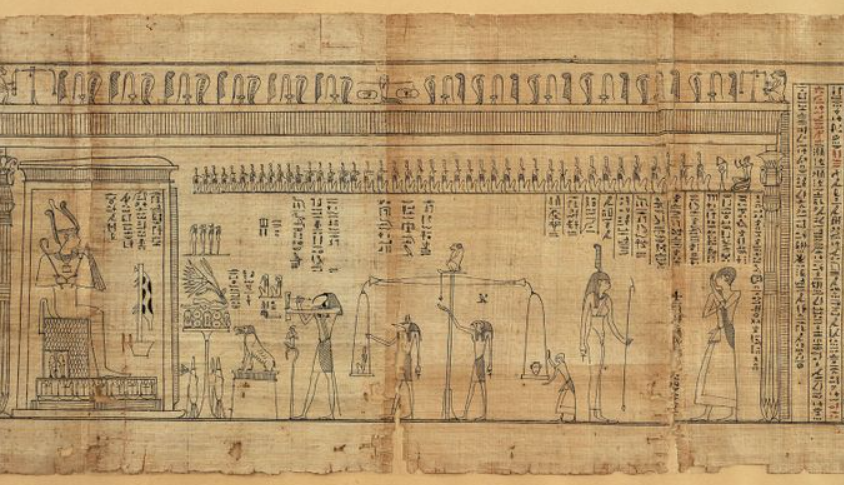
In conclusion
In terms of art and culture, Italy has a lot to offer. Today, I have simply highlighted some of the most well-known museums and related works that you should not miss if you decide to visit them. I recommend that you plan ahead of time and avoid going to museums at the last minute. Check the hourly attendance on the official museums’ webpages and go when it’s not too crowded; you’ll have far better fun!
Also, if you have the chance, book a guided tour; competent guides can occasionally express the emotions and appeal of these pieces of art.
You now have an additional reason to plan a trip to Italy; see you soon!
